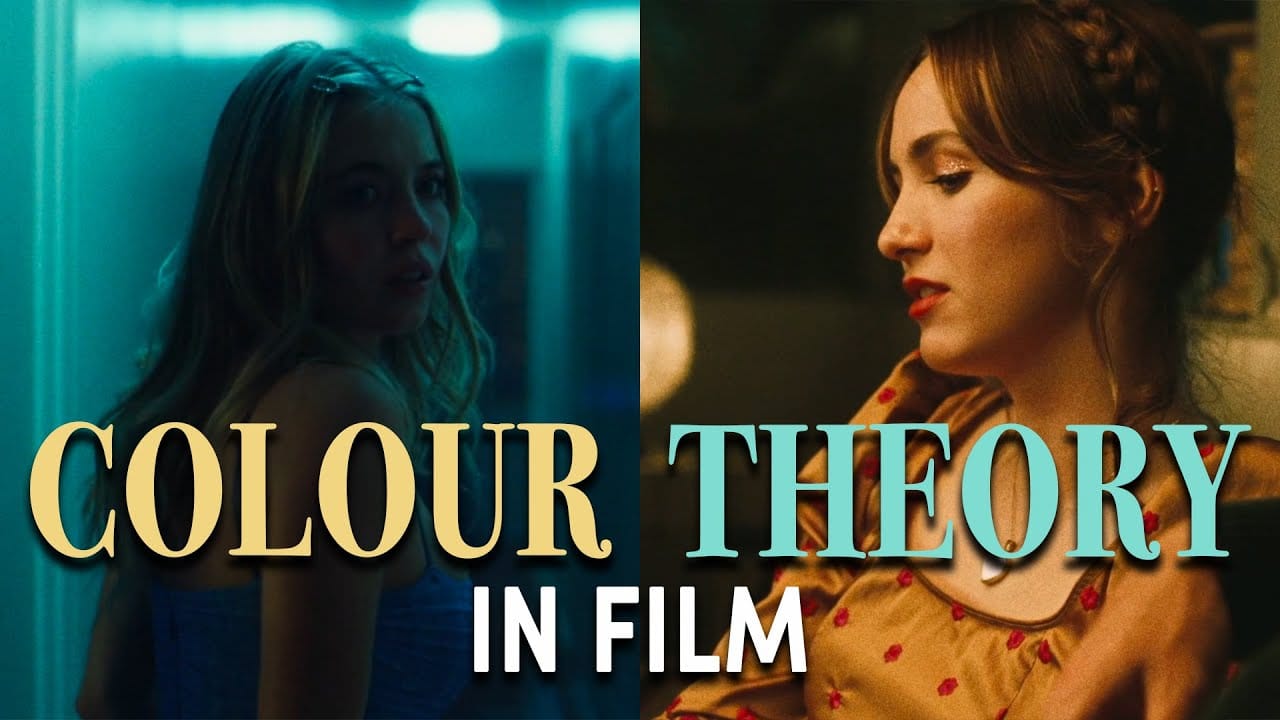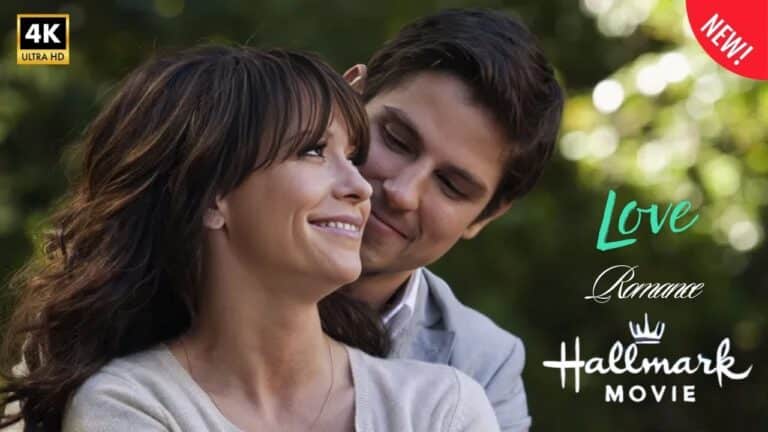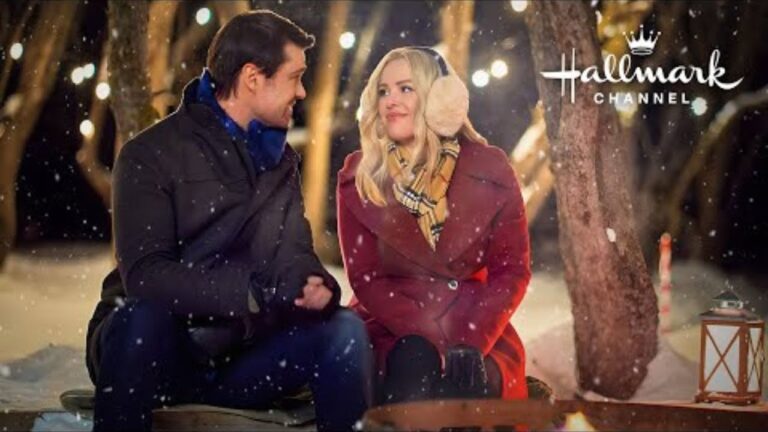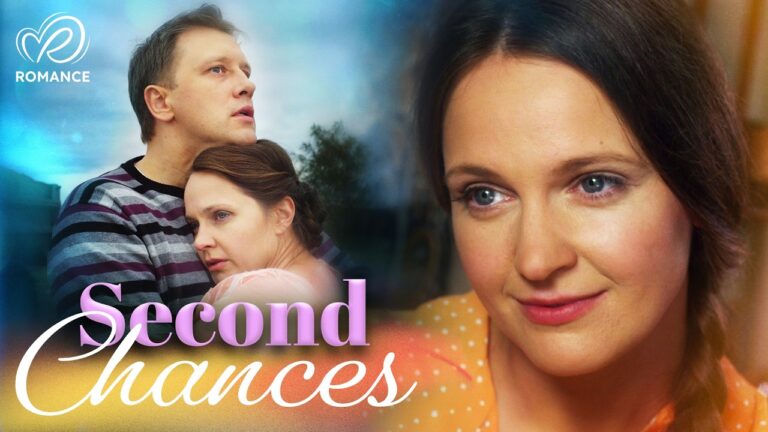How Color Palettes in Hallmark Movies Evoke Emotion: Secrets Behind the Feel-Good Magic
Hallmark movies are known for their heartwarming stories and cozy atmospheres. A key element in creating these feel-good vibes is the use of color palettes.
These carefully chosen color schemes help set the mood and evoke specific emotions in viewers. They enhance the overall movie experience.
Color plays a big role in how we feel when watching a film.
In Hallmark movies, warm colors like reds and oranges often appear. These hues can make viewers feel happy and cozy.
Cool blues and greens might show up in scenes meant to be calm or sad. The way colors are used can change how we see characters and places in the story.
Hallmark movies tend to use bright, cheerful colors. This fits with their upbeat stories and happy endings.
By picking certain color combos, filmmakers can make viewers feel good without saying a word. It’s a clever way to help tell the story and keep people watching.
The Role of Color in Visual Storytelling

Color shapes our emotions and perceptions in movies and TV shows. It sets the mood, highlights key themes, and helps tell the story without words.
Understanding the Psychology of Color
Colors trigger specific feelings and ideas in our minds.
For example, red often means love or danger. Blue can make us feel calm or sad. Meanwhile, yellow might make us think of sunshine and happiness.
Color psychology affects how we see characters and scenes.
Warm colors like orange can make a place feel cozy. Cool colors like green might make it seem peaceful or mysterious.
Filmmakers use this knowledge to guide viewers’ emotions. They pick color schemes that match the story’s mood and themes.
How Color Influences Emotions in Storytelling
Color choices in movies and TV can change how we feel about what’s happening.
For instance, bright, bold colors might make us feel excited or happy. Meanwhile, dark, muted colors could make us feel scared or worried.
In films, color helps tell the story by:
- Setting the mood of a scene
- Showing changes in characters or plot
- Hinting at hidden meanings or symbols
For example, a character’s clothes might change color as their personality changes. Or a room might shift from dark to light colors as good things start to happen.
The Unique Role of Color in Hallmark Movies
Hallmark movies often use warm, bright colors to create a cozy feeling. These colors help make viewers feel happy and hopeful.
Common color choices in Hallmark films include:
- Soft pastels for romantic scenes
- Rich reds and greens for Christmas movies
- Golden tones for fall-themed stories
These color palettes help create the cheerful, comforting mood Hallmark is known for. They make viewers feel like they’re in a happy, ideal world where good things happen.
Core Elements of Hallmark Movie Color Palettes
Hallmark movies use specific color choices to create a warm and inviting atmosphere. These palettes play a key role in setting the mood and evoking emotions in viewers.
Warm Hues and Their Emotional Impact
Warm colors are a staple in Hallmark movie palettes. Reds, oranges, and yellows often dominate scenes.
These hues create a sense of comfort and coziness. They also help to evoke positive emotions in the audience.
Designers use warm tones to:
- Make indoor spaces feel welcoming
- Highlight romantic moments between characters
- Create a nostalgic atmosphere
The use of these colors isn’t random. It’s a deliberate choice to make viewers feel good. Warm hues can boost feelings of happiness and contentment.
Seasonal Shades: Bringing Festive and Cozy Vibes
Hallmark movies often focus on holidays and seasons. The color schemes reflect this theme.
For Christmas movies, red and green dominate. Meanwhile, fall films feature oranges and browns.
Some common seasonal color choices include:
- Winter: White, silver, and ice blue
- Spring: Soft pastels like pink and light green
- Summer: Bright blues and sunny yellows
These seasonal palettes help set the right mood. They transport viewers to a specific time of year. This adds to the overall festive or cozy vibe of the film.
The Role of Soft Contrasts in Creating a Dreamlike Aesthetic
Hallmark movies often use soft contrasts in their color schemes.
This means the colors don’t clash harshly. Instead, they blend smoothly. This creates a dreamy, almost magical look.
Soft contrasts are achieved by:
- Using muted versions of bright colors
- Pairing complementary colors carefully
- Avoiding stark black and white contrasts
This approach gives Hallmark films their signature look. It’s part of what makes these movies feel like an escape from reality. The gentle color transitions help viewers relax and immerse themselves in the story.
Setting the Emotional Tone with Color

Colors play a crucial role in Hallmark movies, shaping the viewer’s emotional experience. Carefully chosen palettes help set the mood and highlight key themes throughout these heartwarming films.
Depicting Love and Romance Through Color Choices
Hallmark movies often use warm, soft colors to create a romantic atmosphere.
Pink and red tones symbolize love and passion, appearing in everything from characters’ clothing to scenic backdrops.
Soft pastels evoke feelings of tenderness and new beginnings.
Sunset scenes frequently feature golden hues, enhancing romantic moments between characters. These warm colors make viewers feel cozy and invested in the budding relationship.
Purple sometimes represents deeper, more mature love. It adds a touch of elegance and depth to romantic storylines involving older or more experienced couples.
Using Colors to Highlight Moments of Personal Growth
Color shifts often mark character development in Hallmark films.
For example, muted tones might represent a character’s initial struggle or uncertainty. Then, as they gain confidence, bolder colors emerge in their wardrobe or environment.
Green frequently symbolizes growth and new opportunities. It may appear more prominently as characters embark on new career paths or discover hidden talents.
Blue can signify calm and clarity. It often becomes more noticeable as characters resolve internal conflicts or make important life decisions.
Enhancing Family and Friendship Themes with Color
Warm, earthy tones like browns and oranges often dominate scenes focused on family bonds. These colors create a sense of comfort and belonging.
Holiday-themed movies use traditional color schemes to evoke nostalgia and togetherness. Red and green for Christmas, or orange and brown for Thanksgiving, reinforce familial themes.
Bright, cheerful colors like yellow often appear in friendship-focused scenes. They create a light, positive mood that reflects the joy of close friendships.
Color coordination between characters can subtly hint at their connections. Friends or family members might wear complementary colors, visually reinforcing their bond.
Seasonal and Situational Color Variations

Hallmark movies use color palettes that change with the seasons and situations to create specific moods and emotions. These carefully chosen hues help viewers connect with the stories and characters on screen.
Christmas Color Palettes: Reds, Greens, and Golden Glow
Christmas-themed Hallmark movies embrace a festive palette dominated by reds, greens, and golden tones.
Red symbolizes warmth, love, and excitement. It often appears in decorations, clothing, and cozy settings like fireplaces.
Meanwhile, green represents nature, hope, and renewal. It’s seen in Christmas trees, wreaths, and winter landscapes.
The combination of red and green creates a classic holiday feel that viewers associate with comfort and tradition.
Golden hues add a touch of magic and elegance. They appear in twinkling lights, ornaments, and candlelight. This warm glow evokes feelings of nostalgia and wonder, enhancing the romantic atmosphere typical of Hallmark Christmas movies.
Autumnal Warmth: Oranges, Browns, and Subdued Yellows
Fall-themed Hallmark movies use a palette inspired by nature’s changing colors.
Orange takes center stage, representing energy, enthusiasm, and the vibrant hues of autumn leaves. It creates a sense of coziness and warmth.
Browns add depth and stability to the scenes. They appear in wooden elements, fall fashion, and rustic settings.
These earthy tones ground the visuals and evoke feelings of comfort and tradition.
Subdued yellows bring a touch of cheerfulness without overwhelming the senses. They mimic the soft sunlight of crisp autumn days and create a gentle, inviting atmosphere that draws viewers into the story.
Spring and Summer Tones: Pastel Hues and Fresh Greens
Hallmark movies set in spring and summer embrace lighter, brighter palettes.
Pastel hues dominate, creating a sense of freshness and new beginnings.
Soft pinks, light blues, and pale yellows evoke feelings of romance and optimism.
Fresh greens play a crucial role, representing growth and vitality. They appear in lush landscapes, gardens, and outdoor scenes.
These vibrant greens energize the visuals and create a sense of life and possibility.
Bright, cheerful colors are used to enhance the upbeat mood of summer romances. Sunny yellows, clear blues, and vivid floral tones create a sense of joy and adventure, perfectly complementing the lighthearted stories.
Crafting Settings and Atmosphere with Color Design

Color plays a key role in shaping the look and feel of Hallmark movies. It helps create cozy interiors, enhance outdoor scenes, and blend decor with lighting for maximum visual impact.
The Role of Cozy Interiors in Hallmark Decor
Hallmark movies often use warm, inviting colors to create cozy indoor settings. Soft blues and cool tones are mixed with earthy neutrals to evoke a sense of comfort and calm.
Rich reds and deep greens add pops of color, especially during holiday-themed movies. These hues create a festive atmosphere without overwhelming the senses.
Designers use color scripts to plan how colors will flow from scene to scene. This helps maintain a consistent mood throughout the film.
• Common interior colors:
- Warm beiges and browns
- Soft blues and greens
- Deep reds and forest greens (for holidays)
- Muted yellows and oranges
Enhancing Outdoor Scenes with Nature-Inspired Palettes
Outdoor settings in Hallmark movies often showcase nature-inspired color palettes. These colors help create a sense of freshness and natural beauty.
Lush greens and sky blues dominate many exterior shots. In fall-themed movies, warm oranges, reds, and golden yellows take center stage.
Designers use analogous color schemes to create harmony in these nature scenes. This means choosing colors that sit next to each other on the color wheel.
For winter settings, cool blues and whites create a crisp, frosty atmosphere. Pops of red or green often add visual interest to these snowy scenes.
• Seasonal color palettes:
- Spring: Soft pastels, fresh greens
- Summer: Vibrant blues, sunny yellows
- Fall: Rich oranges, deep reds, golden browns
- Winter: Icy blues, pure whites, deep evergreens
The Blend of Decor and Lighting to Maximize Visual Appeal
Lighting plays a crucial role in bringing color palettes to life in Hallmark movies. Warm, soft lighting enhances the cozy feel of interior scenes. It brings out the richness in reds and browns, creating a welcoming atmosphere.
Cool lighting is used sparingly, often for outdoor night scenes or to create tension in rare dramatic moments. This affects the mood and energy of a scene.
Set designers carefully choose decor items that complement the chosen color palette. Throw pillows, curtains, and wall art often feature complementary colors to add depth and interest to scenes.
• Lighting techniques:
- Warm, diffused lighting for interiors
- Natural, bright lighting for outdoor day scenes
- Cool, blue-toned lighting for night or tense scenes
Consistency and Recognition in Hallmark Movie Aesthetics

Hallmark movies use specific color choices to create a unique look and feel. These colors help viewers quickly spot a Hallmark film and create a sense of comfort.
Creating a Signature Look Through Color Choices
Hallmark movies often use warm, soft colors. These include light blues, pinks, and gentle greens. The colors create a cozy feeling that matches the movies’ themes of love and family.
During Christmas movies, red and green dominate. But Hallmark adds its own twist. They use softer shades like burgundy and sage. This color palette helps shape the movie experience for viewers.
In summer films, you’ll see lots of bright yellows and sky blues. These colors remind people of sunny days and beach trips. Hallmark’s color choices are not random. They pick colors that fit the season and story.
How Color Reinforces the Hallmark Brand
Hallmark’s use of color goes beyond just looking nice. It’s a key part of their brand. The company uses similar colors across all their movies. This creates a strong visual identity.
Viewers can often tell it’s a Hallmark movie just by the colors on screen. This consistency in color choices helps build brand loyalty. Fans know what to expect when they tune in.
The color choices also appear in movie posters and ads. This helps create a unified look across all Hallmark content. It’s a smart way to make their brand stand out in a crowded TV market.
Audience Expectations and Emotional Comfort
Hallmark’s color choices do more than just look pretty. They help set the mood for viewers. The soft, warm colors make people feel safe and happy. This fits with the feel-good stories Hallmark is known for.
Fans expect certain things from Hallmark movies. The familiar color palette is part of that. It’s like a visual comfort food. When viewers see those colors, they know they’re in for a nice, relaxing time.
This color motif creates an emotional link with the audience. It’s a big reason why many people watch Hallmark movies when they want to unwind. The colors play a key role in creating the cozy, comforting world that Hallmark is famous for.
Behind the Scenes: The Art and Design of Hallmark Colors
Hallmark movies use color to create emotion and atmosphere. The process involves careful planning and teamwork among various departments.
Collaboration Between Cinematographers and Art Directors
Cinematographers and art directors work closely to create the right look for Hallmark films. They use color palettes to evoke feelings like warmth, joy, and nostalgia. These teams often start with mood boards to plan the visual style.
The cinematographer chooses lighting and camera settings to enhance colors. Art directors select set pieces, props, and backdrops that fit the chosen palette. Together, they create a cohesive look that supports the story’s mood.
Color grading in post-production fine-tunes the final look. This step ensures that colors appear consistent and impactful across different scenes.
The Deliberate Selection of Wardrobes and Props to Match Palettes
Costume designers play a key role in bringing color palettes to life. They pick outfits that fit the movie’s color scheme. Jewel tones are popular in Hallmark films because they look great on camera.
Props also add to the color story. Set decorators choose items that match the palette and enhance the mood. For Christmas movies, they might use real trees and decorations to create an authentic feel.
The goal is to create a visual world that feels both beautiful and believable to viewers.
Small Details and Subtle Color Cues That Elevate the Scenes
Small color details can have a big impact on scenes. Designers might use pops of color to draw attention to important objects. They may also use color to show changes in a character’s mood or the story’s progression.
Background elements like wallpaper, curtains, and furniture are chosen to support the main color scheme. Even small items like books on a shelf or flowers in a vase are picked with care.
Lighting plays a crucial role in bringing out these subtle color cues. Cinematographers use different lighting techniques to highlight or soften colors as needed throughout the film.







